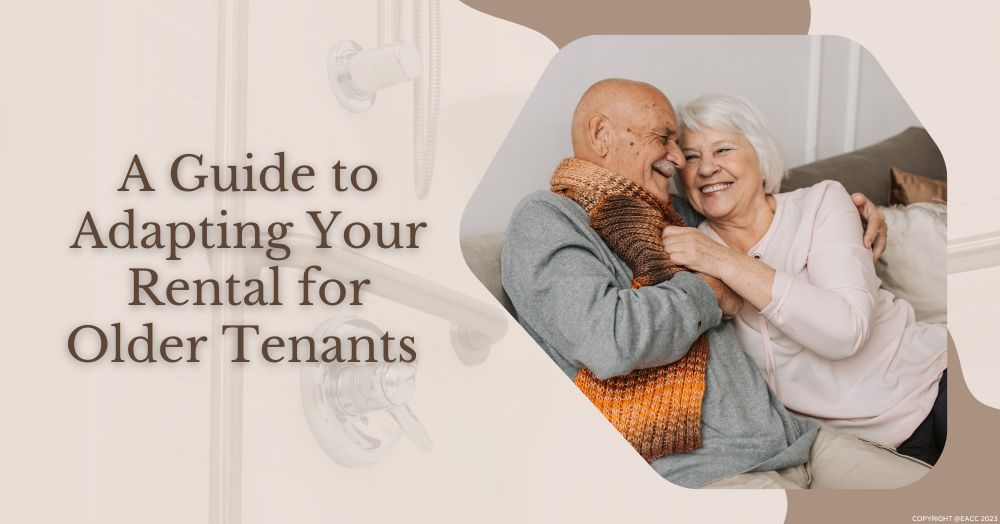Older tenants are a growing force in the private rental sector, so is it time for savvy landlords to proactively target this demographic?
It’s one of the most striking trends in the housing sector over the past decade.
Between 2011 and 2021, the number of tenants aged between 45 and 64 skyrocketed by 70%, while those over 65 jumped by 38%.*
A third of renters are now over 45. And due to high property prices and the challenges of getting a mortgage later in life, many in this group will stay renters their whole lives.
What does this mean for landlords?
Many landlords focus their efforts on attracting tenants who are young professionals. But do older tenants pose an even better prospect?
When they put down roots, older tenants usually stay put for longer. And they also tend to be respectful of the neighbours and lead quieter lives (hence less wear and tear on a property).
Targeting older renters
Some tenants, especially those over 65, may have specific housing needs.
So, if you want to encourage an existing tenant to stay longer or market your property to an older demographic, it may be worth making a few minor adaptations (often these can be made while a tenant is in situ).
Depending on the nature of the changes, your local council may fund the works. However, these adaptations would need to be approved and signed off by your local authority first.
Here’s a list of some of the most common adaptations.
- Threshold ramps – allow you to go from one room to another without navigating any messy joins or raised edges. A must if you use a walking frame or wheelchair.
- Grab rails – for assistance getting in and out of the shower and up and down stairs.
- Lever handles – many older people have reduced dexterity and grip strength and find lever handles easier to use than standard doorknobs.
More significant adaptations
These could include:
- A wet room – so it’s easy to walk or wheel into the shower.
- Improved garden access – so tenants can enjoy the garden space independently.
- Automatic door openers/closers – so a tenant can see who’s at the door and let visitors in without coming to the front door.
If you’re considering adapting your rental property to appeal to the older demographic, contact us at Hi Residential for more tips and advice.
* Paragon Bank.





